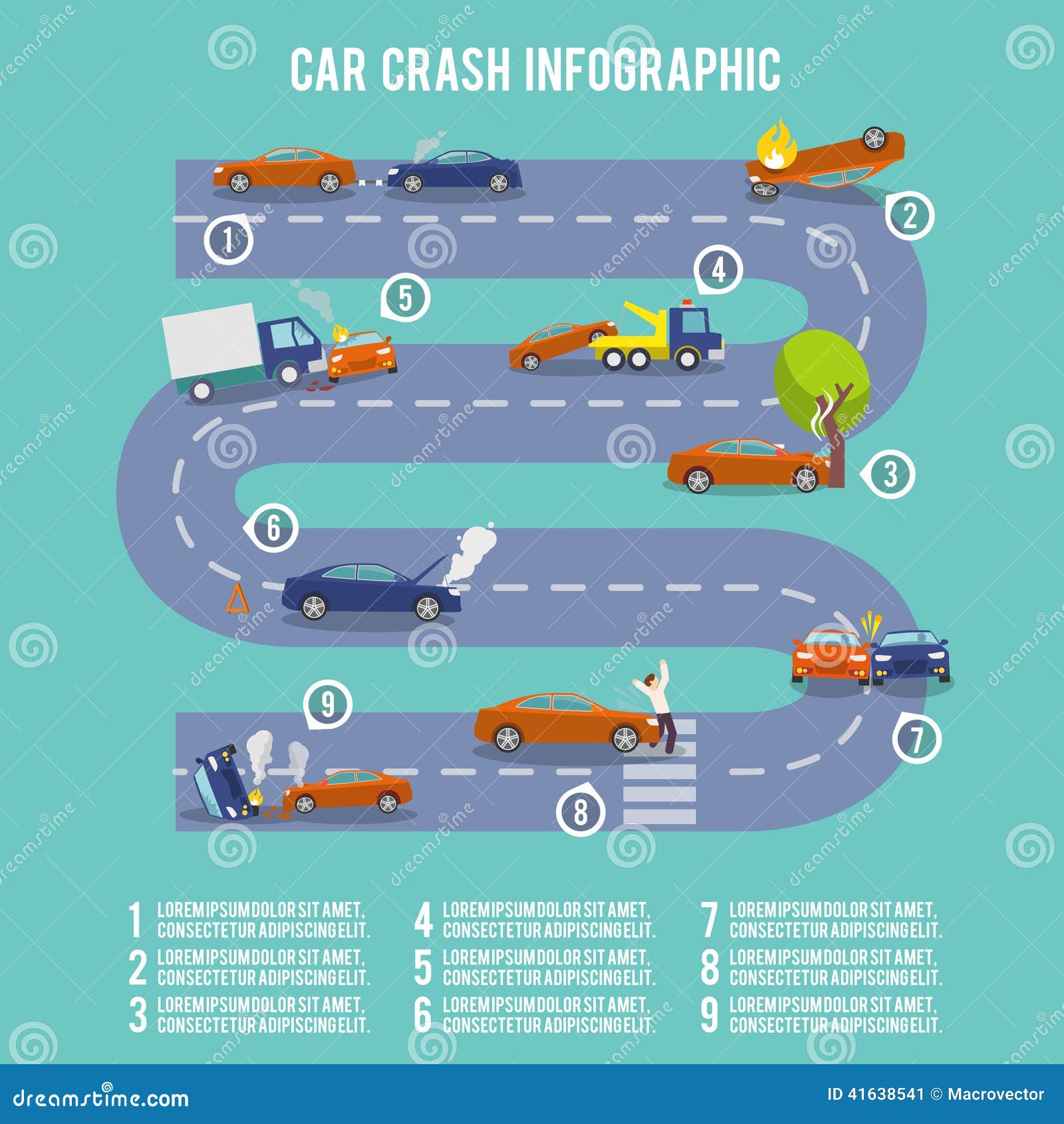Analyzing Your Automobile'S Alert Lighting: Their True Implications
Analyzing Your Automobile'S Alert Lighting: Their True Implications
Blog Article
Team Author-Lauritsen Corbett
When you lag the wheel, those glowing warning lights on your control panel can be a little bit complicated. Do you understand what they're attempting to inform you concerning your automobile's health and wellness? Comprehending the significance of these lights is crucial for your safety and the long life of your lorry. So, the next time among those lights pops up, would not you want to understand its message properly and take the essential actions to address it?
Common Warning Lighting and Interpretations
Recognize common caution lights in your cars and truck and recognize their significances to ensure secure driving.
One of the most typical warning lights consist of the check engine light, which signifies issues with the engine or emissions system. If this light begins, it's crucial to have your lorry inspected promptly.
The oil stress warning light suggests reduced oil pressure, calling for immediate attention to avoid engine damages.
https://rowanupjdx.blogolenta.com/26829147/vehicle-detailing-throughout-the-year-tips-for-seasonal-prep-work blinking battery light might suggest a damaged billing system, possibly leaving you stranded otherwise resolved.
The tire stress surveillance system (TPMS) light alerts you to reduced tire stress, influencing vehicle stability and gas performance. Overlooking this can cause unsafe driving problems.
The abdominal muscle light indicates a problem with the anti-lock stopping system, jeopardizing your capacity to stop rapidly in emergencies.
Finally, ceramic wash alerting light warns of engine overheating, which can lead to extreme damages otherwise settled promptly.
Recognizing these common caution lights will assist you resolve problems without delay and maintain safe driving problems.
Significance of Prompt Focus
Comprehending the usual caution lights in your cars and truck is only the very first step; the relevance of promptly dealing with these cautions can not be stressed sufficient to guarantee your safety and security when traveling.
When a warning light illuminates on your control panel, it's your cars and truck's means of interacting a potential problem that needs attention. Ignoring these cautions can bring about more serious problems in the future, compromising your security and possibly costing you extra out of commission.
Prompt attention to warning lights can stop breakdowns and crashes. As an example, a blinking check engine light might suggest a misfire that, if left neglected, could trigger damages to the catalytic converter. Resolving this immediately can conserve you from an expensive repair.
Likewise, a brake system warning light may signal reduced brake liquid or worn brake pads, crucial parts for your safety and security when driving.
DIY Troubleshooting Tips
If you discover a warning light on your dashboard, there are a few do it yourself troubleshooting ideas you can try prior to looking for expert aid.
The initial step is to consult your auto's guidebook to understand what the details warning light shows. Occasionally the problem can be as simple as a loosened gas cap causing the check engine light. Tightening up the gas cap might settle the problem.
Another usual issue is a reduced battery, which can cause various cautioning lights. Checking the battery links for corrosion and guaranteeing they're safe might deal with the trouble.
If a warning light lingers, you can attempt resetting it by separating the cars and truck's battery for a couple of minutes and after that reconnecting it. In https://martinfywog.newsbloger.com/30490536/enhance-your-automobile-describing-experience-with-seasonal-suggestions-to-ensure-your-lorry-continues-to-be-dazzling-and-safeguarded-find-out-exactly-how-to-deal-with-the-unique-challenges-each-period-presents , examining your vehicle's fluid levels, such as oil, coolant, and brake liquid, can assist troubleshoot alerting lights related to these systems.
Verdict
In conclusion, understanding your vehicle's caution lights is crucial for keeping your vehicle running efficiently and securely. By quickly addressing these alerts and knowing what they suggest, you can prevent expensive repair work and possible failures.
Bear in mind to consult your vehicle's guidebook for specific information on each cautioning light and take action appropriately to ensure a trouble-free driving experience.
Remain notified, remain safe on the road!
